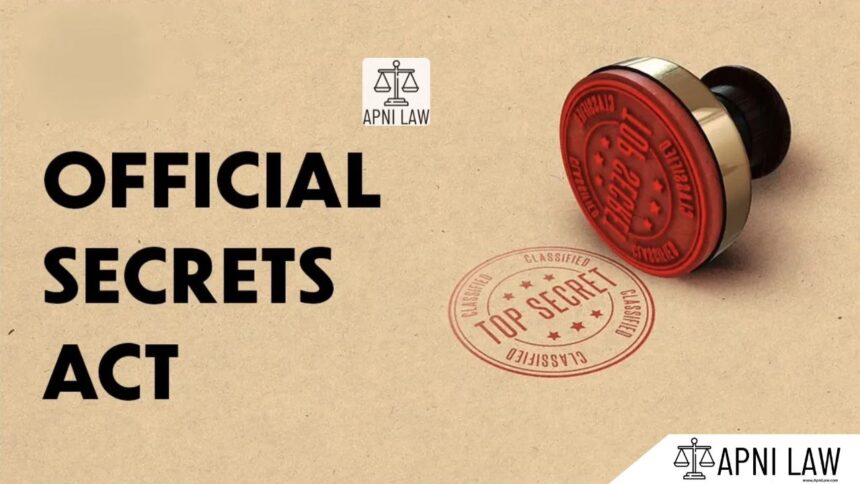The Official Secrets Act, 1923 (OSA) is one of India’s oldest national security laws. Over time, many court cases have shaped its interpretation. Here is a timeline of landmark judgments that highlight how Indian courts deal with secrecy, espionage, and public interest.
For any specific query call at +91 – 8569843472
Nand Lal More Case (1965)
In 1965, the court examined what counts as secrecy under the OSA. It ruled that judges can decide whether an act deserves protection in the name of public interest. This case became an early precedent for balancing state secrecy and public rights.
Kulbhushan Parasher Case (2007)
In 2007, the case involved attempts to breach confidentiality in defense matters. Though not widely reported, it showed how the OSA is used to safeguard sensitive military information.
Santanu Saikia Case (2009)
In 2009, journalist Santanu Saikia published excerpts from a cabinet note. The court held that simply publishing a document marked “secret” does not automatically mean guilt under the OSA. This judgment protected press freedom while recognizing national security concerns.
Madhuri Gupta Case (2018)
In 2018, Madhuri Gupta, a senior diplomat in Islamabad, leaked sensitive information to Pakistani intelligence officials. She sent emails about hydroelectric projects and the Ministry of External Affairs. The court convicted her under Section 3 of the OSA and Section 120-B of the IPC. It stressed that officials in trusted positions cannot escape strict punishment.
Asif Hussain Case (2019)
In 2019, Pakistani national Asif Hussain was caught delivering classified documents about the Indian Army. He was convicted under Section 3 of the OSA and sentenced to nine years in prison. The court highlighted the seriousness of espionage and its threat to national security.
Rafale Deal Case (2019)
Also in 2019, the Rafale aircraft deal came under legal scrutiny. The government threatened action under the OSA against The Hindu newspaper for publishing classified defense papers. The Supreme Court ruled that public interest in exposing corruption or human rights violations could outweigh secrecy. This case connected OSA with the Right to Information.
Conclusion
From 1965 to 2019, courts have balanced the need for secrecy with democratic rights. While espionage and leaks invite strict punishment, the judiciary has also defended press freedom and public interest. These cases show how the Official Secrets Act continues to evolve in India’s legal system.








